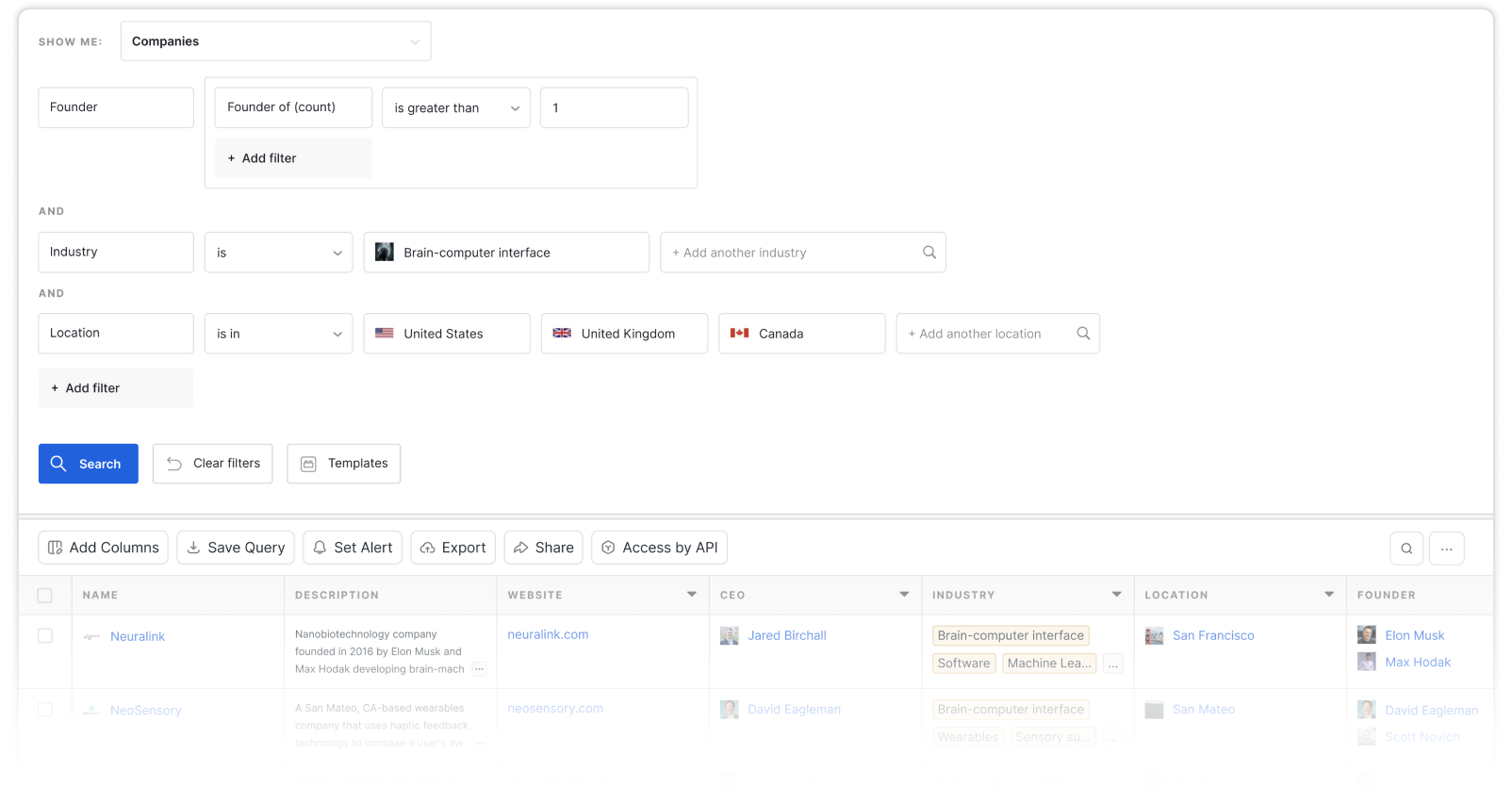
N-linked glycosylation
A type of posttranslational protein modification where polysaccharide chains called glycans are attached to proteins. N-linked glycosylation is the attachment of glycans to the nitrogen atom of an amino acid.
All edits
The spike (S) protein (also called the S-glycoprotein) of coronaviruses mediates entry into host cells. Epitope masking by N-linked glycosylation is found in coronavirus S proteins. S proteins of coronaviruses are large glycoproteins with between 23-38 potential N-linked glycan sites. Although it is expected that the incorporation of N-glycan sites evolved to occlude certain epitopes on the S protein, antibodies that target S proteins are readily elicited. Site-specific N-glycosylation of recombinant S proteins from SARS-CoV-2 responsible for COVID-19 were characterized by tandem mass spectrometry (MS/MS) in order to facilitate the development of vaccines and therapeutic against SARS-CoV-2.
The S-glycoprotein of the SARS-CoV-2 virus responsible for the COVID-19 pandemic is a coronavirus that has an S-glycoprotein that binds to the ACE2 receptor on the surface of human cells. Both the S-glycoprotein and the ACE2 receptor are extensively glycosylated. The ability of SARS-CoV-2 to infect different species of animals may be mediated by differences in N-glycosylation patterns between different animal species and humans in ACE2 at the site where the S protein receptor domain binds. Disruption of ACE2 glycosylation has been shown to impair viral entry of the related coronavirus, SARS-CoV, into cells. The drug chloroquine, in clinical trials for treatment of COVID-19, has been shown to interfere with glycosylation of the ACE2 cellular receptor of SARS-CoV and inhibit virus fusion with the host cell in primate cells.
N-linked glycosylation (also called N-glycosylation) is a type of posttranslational protein modification. Glycosylation refers to the attachment of polysaccharide chains, also called glycans, to proteins. Glycosylation types are classified by the identity of the atom of the amino acid that binds the carbohydrate chain and N-linked glycosylation refers to the attachment of oligosaccharides to a nitrogen atom. N-linked glycosylation usually occurs at the N4 of asparagine residues. N-glycosylation is found on secreted membrane bound proteins mainly in eukaryotes and archaea and not in bacteria. In eukaryotes the start of N-glycosylation occurs co-translationally in the endoplasmic reticulum. Preassembled blocks of 14 sugars including 2 N-acetylglucosamines, 9 mannoses and 3 glucoses, are first added to the nascent polypeptide chain. The protein is transferred to the Golgi apparatus after cleavage at the 3 glucose and 1 mannose residues there the glycans lose a variable number of mannose residues and undergo terminal glycosylation whereby the protein gains a more complex structure. N-linked glycosylation occurs on asparagine residues of Asn-X-Ser/Thr sequons, where X is any amino acid except proline.
For drug design, conformational dynamics of a molecule are effected by glycosylation patterns which can generate novel drug binding sites or shield binding sites that are predicted by models that rely only on the polypeptide sequence alone.
The SARS-CoV-2 virus responsible for the COVID-19 COVID-19 pandemic is a coronavirus that has an S-glycoproteinsS-glycoprotein that binds to the ACE2 receptor on the surface of human cells. Both the S-glycoproteinsS-glycoprotein and the ACE2 receptor are extensively glycosylated. ConformationalThe dynamicsability of theSARS-CoV-2 moleculeto areinfect effecteddifferent species of animals may be mediated by glycosylationdifferences in N-glycosylation patterns whichbetween candifferent generateanimal novelspecies and humans in ACE2 at the site where the S protein receptor domain binds. Disruption of ACE2 glycosylation has been shown to impair viral entry of the related coronavirus, SARS-CoV, into cells. The drug bindingchloroquine, sitesin orclinical shieldtrials bindingfor sitestreatment thatof areCOVID-19, predictedhas bybeen modelsshown thatto relyinterfere onlywith onglycosylation of the polypeptide sequence alone. Disruption of ACE2 glycosylation has been shown to impair viralcellular entryreceptor of the related coronavirus, SARS-CoV, intoand inhibit virus fusion with the host cell in primate cells.
The spike (S) proteinspike (S) protein (also called the S-glycoprotein) of coronaviruses mediates entry into host cells. Epitope masking by N-linked glycosylation is found in coronavirus S proteins. S proteins of coronaviruses are large glycoproteins with between 23-38 potential N-linked glycan sites. Although it is expected that the incorporation of N-glycan sites evolved to occlude certain epitopes on the S protein, antibodies that target S proteins are readily elicited.
Viruses exploit host-cell machinery to glycosylate their own proteins during replication and most viruses use N- and O-linked host-cell glycosylation pathways. Viral envelopeViral envelope proteins from HIV-1, influenza virus, Lassa virus, SARS, Zika virus, dengue virus and Ebola virus have evolved to be extensively glycosylated. The addition of these host-derived glycans serve structural and functional roles in the viral life-cycle such as immune evasion through glycan shielding, the decoration of proteins with “self” glycan moieties.
Viruses exploit host-cell machinery to glycosylate their own proteins during replication and most viruses use N- and O-linked host-cell glycosylation pathways. Viral envelope proteins from HIV-1, influenza virus, Lassa virus, SARS, Zika virus, dengue virus and Ebola virusEbola virus have evolved to be extensively glycosylated. The addition of these host-derived glycans serve structural and functional roles in the viral life-cycle such as immune evasion through glycan shielding, the decoration of proteins with “self” glycan moieties.
N-linked glycosylation is a type of posttranslational protein modification. Glycosylation refers to the attachment of polysaccharide chains, also called glycans, to proteins. Glycosylation types are classified by the identity of the atom of the amino acid that binds the carbohydrate chain and N-linked glycosylation refers to the attachment of oligosaccharides to a nitrogen atom. N-linked glycosylation usually occurs at the N4 of asparagine residues. N-glycosylation is found on secreted membrane bound proteins mainly in eukaryotes and archaea and not in bacteria. In eukaryotes the start of N-glycosylation occurs co-translationally in the endoplasmic reticulum. Preassembled blocks of 14 sugars including 2 N-acetylglucosamines, 9 mannoses and 3 glucoses, are first added to the nascent polypeptide chain. The protein is transferred to the Golgi apparatusGolgi apparatus after cleavage at the 3 glucose and 1 mannose residues there the glycans lose a variable number of mannose residues and undergo terminal glycosylation whereby the protein gains a more complex structure. N-linked glycosylation occurs on asparagine residues of Asn-X-Ser/Thr sequons, where X is any amino acid except proline.
N-linked glycans or N-glycans have roles in protein foldingprotein folding, membrane receptor binding, signaling and other interactions between biological molecules that are parts of biological processes.
Viral glycosylation is influenced by the cellular origin of viral replicationviral replication and there are both tissue-specific and species-specific glycosylation patterns. Species-specific glycosylation patterns can affect inter-species transmission potential. Many human pathogens are zoonotic viruses with animal reservoirs. The mammalian N-linked glycan pathway is well conserved but differences such as the lack of the galactose-a-1,3-galactose epitope in humans can limit cross-species viral infectivity through antibody-based immunity against these epitopes in humans.
Viral glycosylation is influenced by the cellular origin of viral replication and there are both tissue-specific and species-specific glycosylation patterns. Species-specific glycosylation patterns can affect inter-species transmission potential. Many human pathogens are zoonotic viruses with animal reservoirs. The mammalian N-linked glycan pathway is well conserved but differences such as the lack of the galactose-a-1,3-galactose epitopeepitope in humans can limit cross-species viral infectivity through antibody-based immunity against these epitopes in humans.
Viruses exploit host-cell machinery to glycosylate their own proteins during replication and most viruses use N- and O-linked host-cell glycosylation pathways. Viral envelope proteins from HIV-1, influenza virus, Lassa virusLassa virus, SARS, Zika virus, dengue virus and Ebola virus have evolved to be extensively glycosylated. The addition of these host-derived glycans serve structural and functional roles in the viral life-cycle such as immune evasion through glycan shielding, the decoration of proteins with “self” glycan moieties.
N-linked glycans or N-glycans have roles in protein folding, membrane receptor binding, signaling and other interactions between biological molecules that are parts of biological processes.
One strategy for antiviral drugs is to disrupt glycosylation of receptors on the host cell surface. Sialic acid residues are found in N-linked glycosylation. Tamiflu is a well known antiviral drug that inhibits the enzyme that cleaves sialic acid on the surface of human cells and therefor interferes with virus’ ability to infect the host.
The spike (S) protein (also called the S-glycoprotein) of coronaviruses mediates entry into host cells. Epitope masking by N-linked glycosylation is found in coronavirus S proteins. S proteins of coronaviruses are large glycoproteins with between 23-38 potential N-linked glycan sites. Although it is expected that the incorporation of N-glycan sites evolved to occlude certain epitopes on the S protein, antibodies that target S proteins are readily elicited.
The SARS-CoV-2 virus responsible for the COVID-19 pandemic is a coronavirus has an S-glycoproteins that binds to the ACE2 receptor on the surface of human cells. Both the S-glycoproteins and the ACE2 receptor are extensively glycosylated. Conformational dynamics of the molecule are effected by glycosylation patterns which can generate novel drug binding sites or shield binding sites that are predicted by models that rely only on the polypeptide sequence alone. Disruption of ACE2 glycosylation has been shown to impair viral entry of the related coronavirus, SARS-CoV, into cells.

N-linked glycosylation
A type of posttranslational protein modification where polysaccharide chains called glycans are attached to proteins. N-linked glycosylation is the attachment of glycans to the nitrogen atom of an amino acid.
N-linked glycosylation is a type of posttranslational protein modification. Glycosylation refers to the attachment of polysaccharide chains, also called glycans, to proteins. Glycosylation types are classified by the identity of the atom of the amino acid that binds the carbohydrate chain and N-linked glycosylation refers to the attachment of oligosaccharides to a nitrogen atom. N-linked glycosylation usually occurs at the N4 of asparagine residues. N-glycosylation is found on secreted membrane bound proteins mainly in eukaryotes and archaea and not in bacteria. In eukaryotes the start of N-glycosylation occurs co-translationally in the endoplasmic reticulum. Preassembled blocks of 14 sugars including 2 N-acetylglucosamines, 9 mannoses and 3 glucoses, are first added to the nascent polypeptide chain. The protein is transferred to the Golgi apparatus after cleavage at the 3 glucose and 1 mannose residues there the glycans lose a variable number of mannose residues and undergo terminal glycosylation whereby the protein gains a more complex structure. N-linked glycosylation occurs on asparagine residues of Asn-X-Ser/Thr sequons, where X is any amino acid except proline.
Viruses exploit host-cell machinery to glycosylate their own proteins during replication and most viruses use N- and O-linked host-cell glycosylation pathways. Viral envelope proteins from HIV-1, influenza virus, Lassa virus, SARS, Zika virus, dengue virus and Ebola virus have evolved to be extensively glycosylated. The addition of these host-derived glycans serve structural and functional roles in the viral life-cycle such as immune evasion through glycan shielding, the decoration of proteins with “self” glycan moieties.
Characterization of the viral glycome, or carbohydrate repertoire, for a pathogen or specific viral protein can be performed using matrix assisted laser desorption ionisation (MALDI) and electrospray ionisation (ESI) mass spectrometry. The exact glycan structures at individual glycosylation sites can be defined using in-line liquid chromatography mass spectrometry (LC-MS). Glycan microarrays are capable of screening carbohydrate specificity of glycan-binding proteins to immobilized and pre-defined glycan structures.
Viral glycosylation is influenced by the cellular origin of viral replication and there are both tissue-specific and species-specific glycosylation patterns. Species-specific glycosylation patterns can affect inter-species transmission potential. Many human pathogens are zoonotic viruses with animal reservoirs. The mammalian N-linked glycan pathway is well conserved but differences such as the lack of the galactose-a-1,3-galactose epitope in humans can limit cross-species viral infectivity through antibody-based immunity against these epitopes in humans.
The spike (S) protein of coronaviruses mediates entry into host cells. Epitope masking by N-linked glycosylation is found in coronavirus S proteins. S proteins of coronaviruses are large glycoproteins with between 23-38 potential N-linked glycan sites. Although it is expected that the incorporation of N-glycan sites evolved to occlude certain epitopes on the S protein, antibodies that target S proteins are readily elicited.

N-linked glycosylation
A type of posttranslational protein modification where polysaccharide chains called glycans are attached to proteins. N-linked glycosylation is the attachment of glycans to the nitrogen atom of an amino acid.




